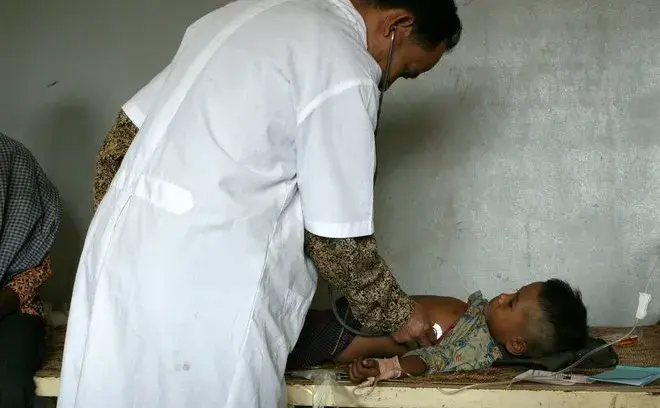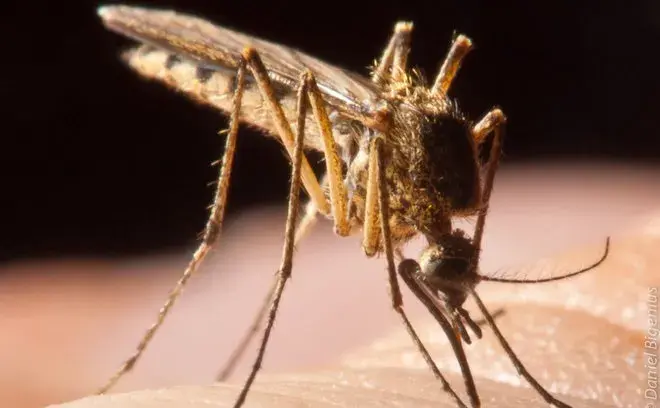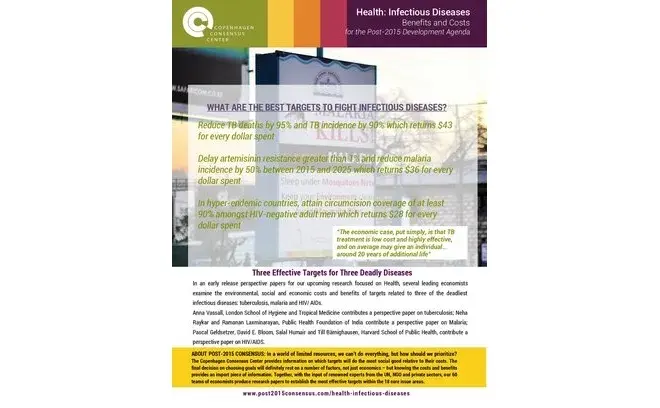Health - Infectious Diseases
According to the WHO, the latest yearly figures (2013) indicate that across the world, 584,000 people have died from malaria, 1.5 million from tuberculosis (TB) and 1.5 million from HIV/AIDS. There are effective, clear strategies and targets that would dramatically reduce the burden of these deadly diseases.
For malaria, the recommendation is to reduce resistance to artemisinin – the primary drug treatment for malaria – by using combination therapies, while providing bed-nets to reduce infection. Each dollar invested returns $36 in benefits.
For TB, treatment since 1995 has saved 37 million people. We can do even more. The author suggests intensifying efforts to identify TB carriers, particularly among those co-infected with HIV, while scaling up treatment to both regular and drug-resistant strains of TB. Each dollar invested returns $43 in benefits.
For HIV/AIDS, to get the best bang-for-buck the authors suggest focusing on hyper-endemic (15%+ of adult population infected) regions in Africa. By circumcising 90% of HIV-negative men we can get $28 back on the dollar, and focusing on treatment to the most susceptible, we can return $10 for every dollar spent.
Summary of targets from the papers
| Disease | Target | Annual benefits ($m) | Annual costs ($m) | Benefit for Every Dollar Spent |
|---|---|---|---|---|
| Malaria | Delay artemisinin resistance greater than 1% and reduce malaria incidence by 50% between 2015 and 2025 | $20,428 | $570 | $36 |
| Tuberculosis | Reduce TB deaths by 95% and TB incidence by 90% | $344,647 | $8,092 | $43 |
| HIV / AIDS | In hyper-endemic countries, attain circumcision coverage of at least 90% amongst HIV-negative adult men | $818 | $30 | $28 |
| HIV / AIDS | In hyper-endemic countries, prioritize and achieve ART coverage of at least 90% amongst HIV-infected adults with a very weak immune system (i.e. CD4 count <350 cells/μL) | $10,277 | $1,080 | $10 |
Scroll down to read our set of reports examining infectious disease health targets for the post-2015 development agenda, written by leading economists and experts.
Perspective Paper - Tuberculosis
Anna Vassall, Senior Lecturer in Health Economics at London School of Hygiene and Tropical Medicine recommends a target of reducing TB deaths by 95%. She argues that this can be acheived through more active detection and diagnosis efforts, particularly in HIV / AIDs infected patients, and increased treatment, especially for drug resistant strains of the virus. Vassall calculates that these interventions will cost $8bn in 2015, but result in 1.3 million fewer deaths per year than we currently experience.
The economic case, put simply, is that TB treatment is low cost and highly effective, and on average may give an individual in the middle of their productive life around 20 additional years of life..."
- Anna Vassall
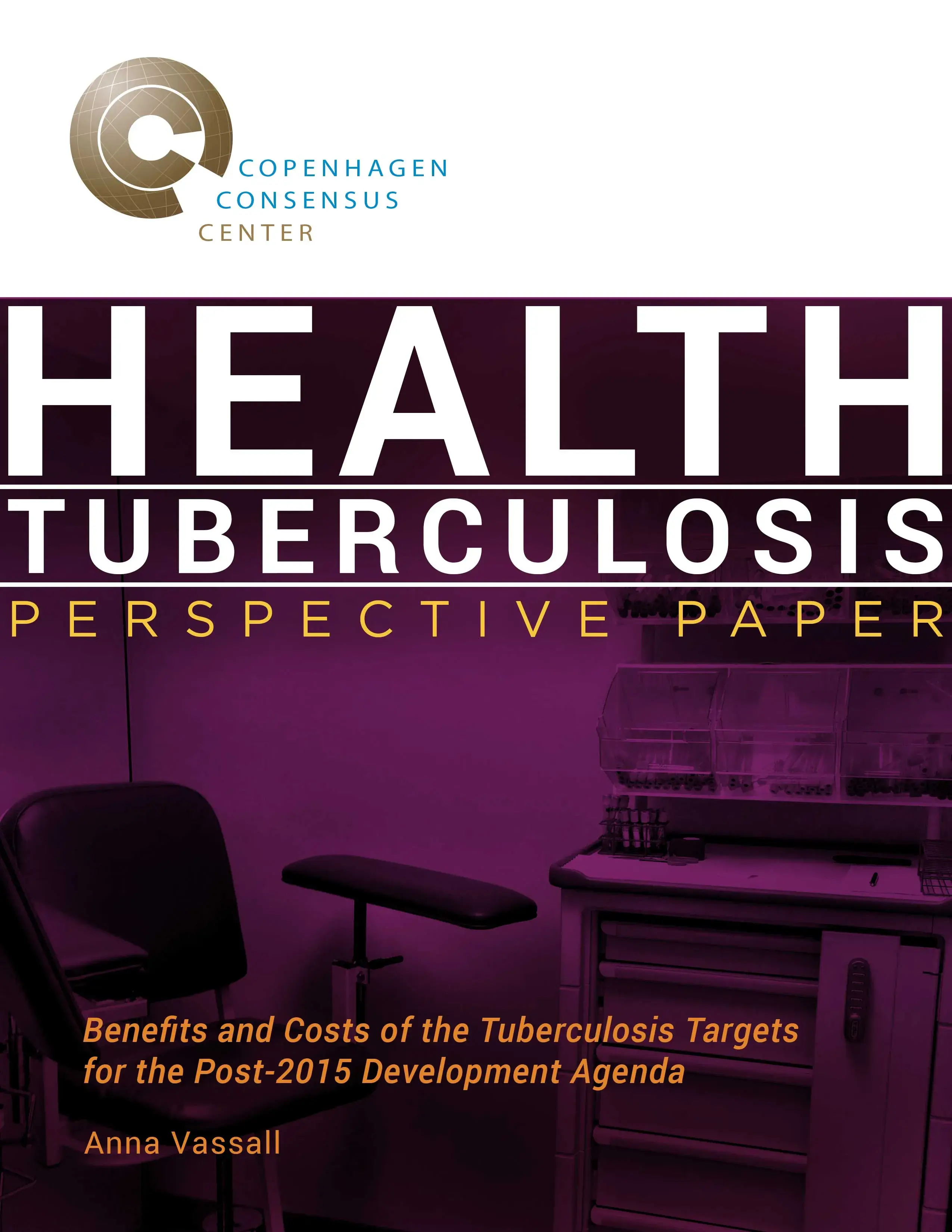
Perspective Paper - Malaria
Neha Raykar and Ramanan Laxminarayan , Public Health Foundation of India, recommend a target that is based on a combined intervention that reduces drug-resistance and deaths from malaria. They argue that resistance to conventional drugs is a growing problem in the treatment of malaria and deserves special attention. Additionally, the use of bed nets is a known and very effective method to reduce malaria incidence, and thus death. A target to delay resistance and reduce malaria deaths by 50% will cost $570m p.a. but result in 300,000 fewer deaths per year.
...potential resistance to the first line drug, artemisinin, looms large; besides declining financial support for malaria control, it is likely one of the greatest threats to the gains made globally in rolling back malaria"
- Neha Raykar and Ramanan Laximnarayan
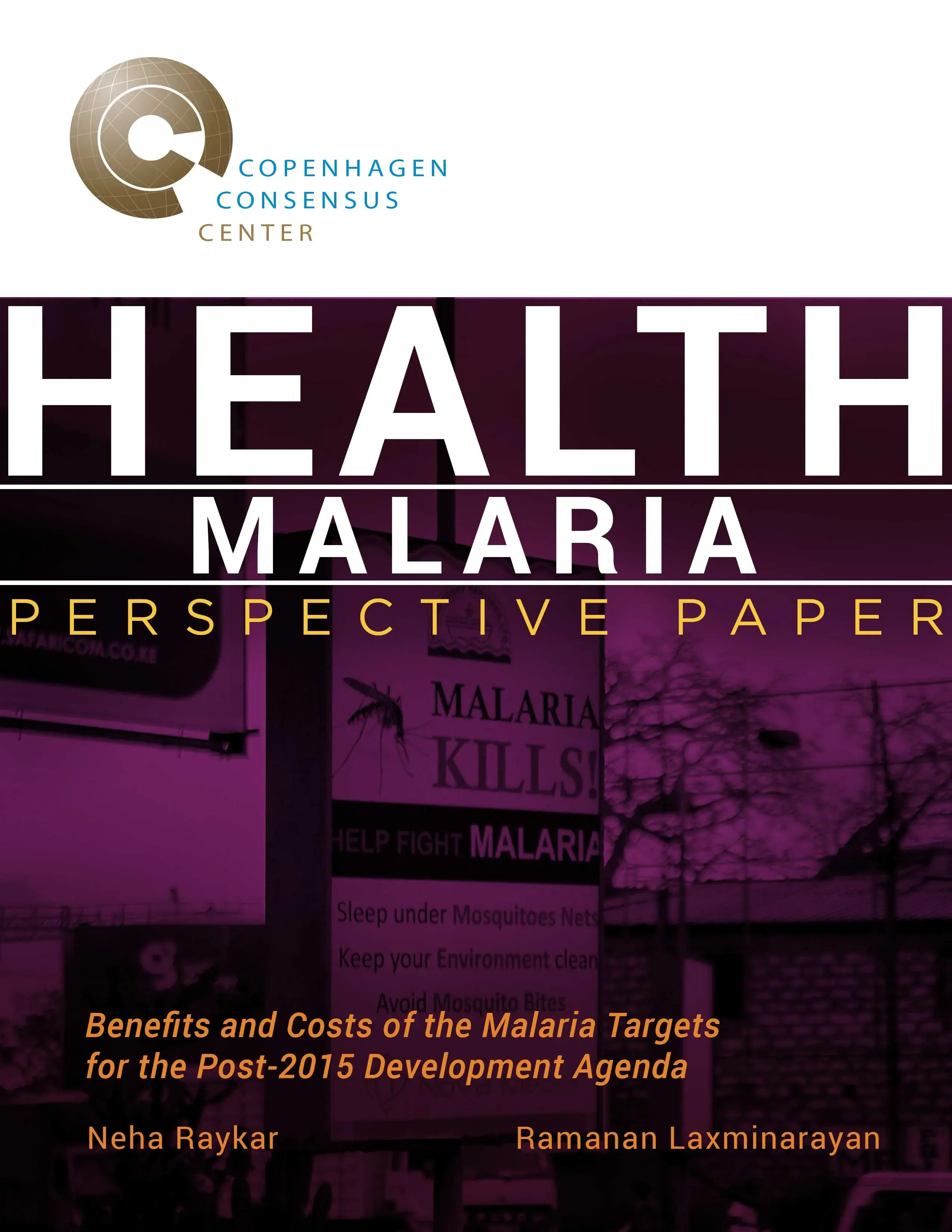
Perspective Paper - HIV/AIDS
Pascal Geldsetzer, Salal Humair, David Bloom and Till Bärnighausen, Harvard School of Public Health, recommend two HIV / AIDs targets that focus specifically on hyper-endemic regions of the disease in sub-Saharan Africa. Their first target, achieve 90% male circumsion rates for non-HIV positive individuals, is a low cost, once-off intervention which reduces transmission by 60%. The second target, prioritising treatment for those with the weakest immune system, would deliver significant benefits, but requires costly on-going treatment. Finally, the paper argues that these target are superior to existing proposals from UN bodies like the Open Working Group and the High Level Panel.
In our view, these [UN] HIV-targets are too vague to be useful to developing country governments and international organizations as they do not provide guidance on how progress should be measured nor what interventions should be implemented"
- Pascal Geldsetzer and colleagues
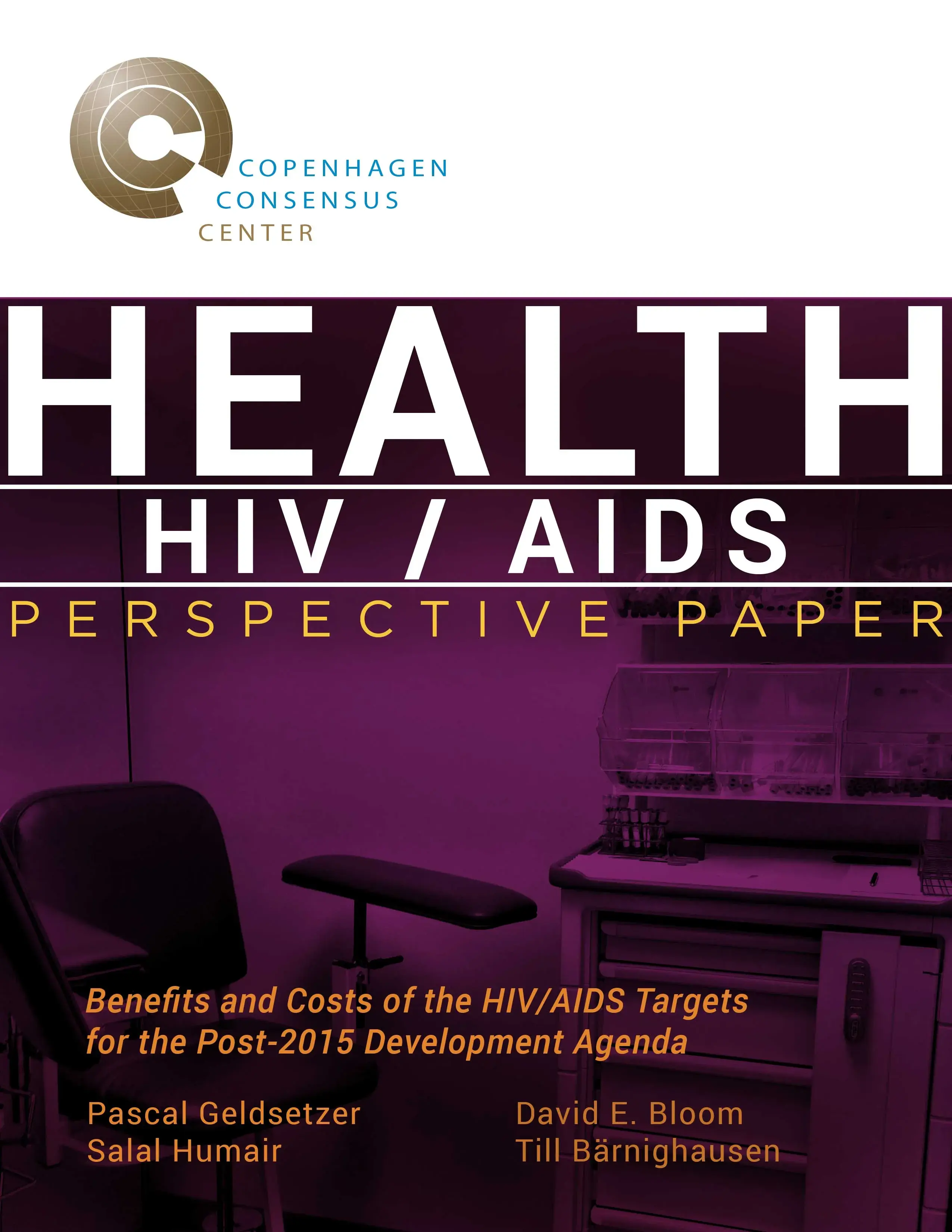
Viewpoint Paper - Tuberculosis
In this Viewpoint paper, Maria Wang and Regina Osih, Clinton Health Access Initiative, argue that the spread of TB should be recognised as a public health emergency. Current complacency in treatment needs to change and more needs to be invested into drug development as well as better use of the drugs which are known to work.
Let us acknowledge TB in all its forms to be the public health emergency that it is, and simultaneously invest in finding new and better drugs and deploying more rationally the drugs we do have. When it comes to TB and MDR-TB, we still have a long ways to go."
- Maria Wang and Regina Osih
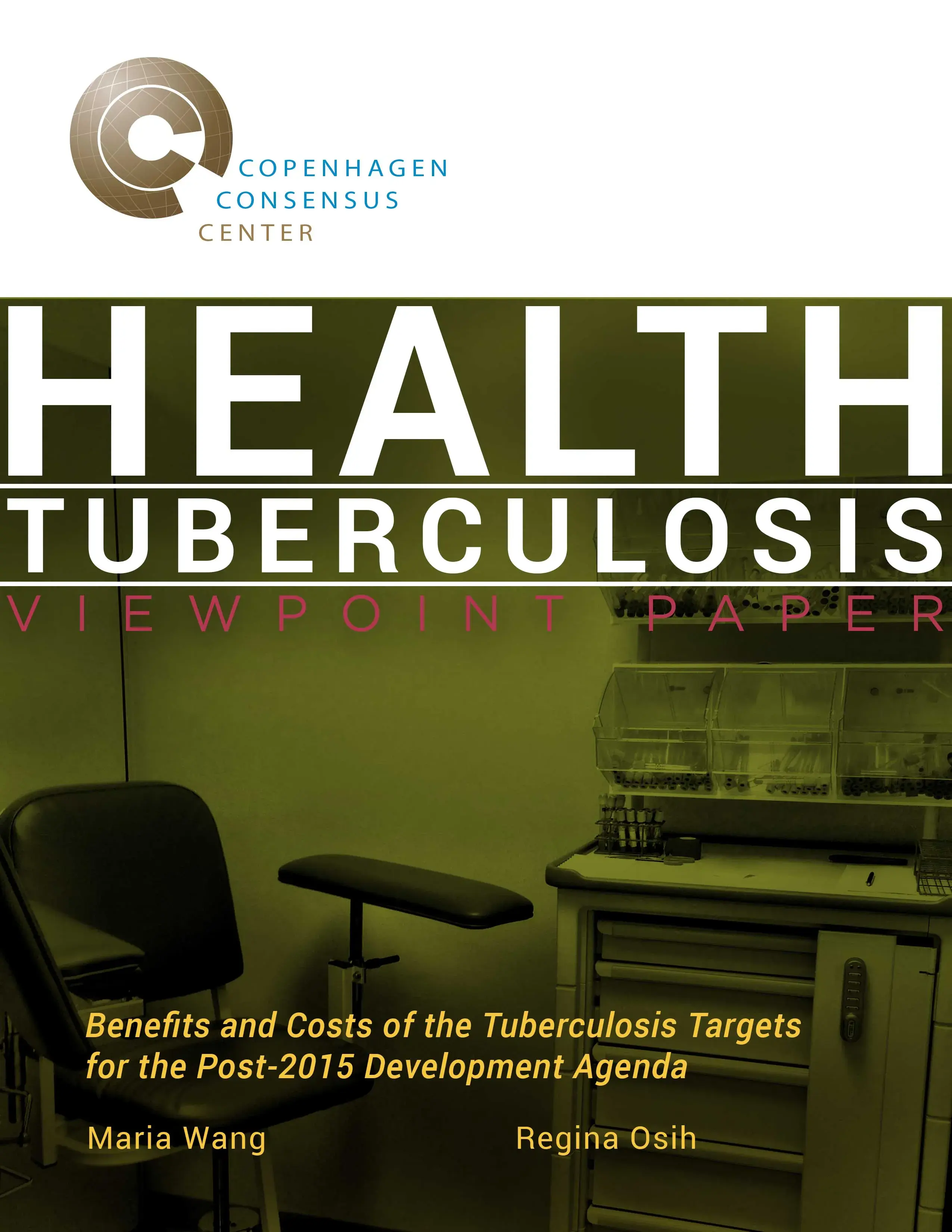
Viewpoint Paper
Eileen Natuzzi M.D., an academic and a public health practitioner, argues in her Viewpoint paper that the most important development priority in health is the overall strengthening of the health system. A well functioning health system focuses on both preventing and treating disease, as well as responding to to non-communicable diseases, climate change impacts, and injury and trauma. She asserts that focusing on a particular condition, be it malaria, HIV/AIDS, or infant mortality, is both ineffective and damaging to the development of national health systems.
...we have failed to give health care providers in developing countries a foundation upon which to develop a broad portfolio of prevention and treatment strategies. These strategies once put in place will allow them to address any health problem that comes through their doors including injury and trauma, communicable and non-communicable diseases. This is where the most bang for our aid dollars is."
- Eileen Natuzzi M.D.
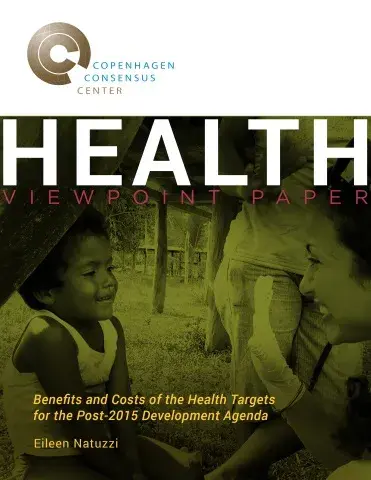
Viewpoint Paper - HIV/AIDS
The viewpoint written by by Peter Ghys, Director a.i., Strategic Information and Evaluation and by José-Antonio Izazola-Licea, Division Chief, Evaluation and Economics on behalf of UNAIDS contends that the continuation of current HIV/AIDS policy would result in the worsening in the global epidemic. However, UNAIDS finds that rapidly scaling up already available prevention and treatment tools would effectively end the AIDS epidemic by 2030. Ending the epidemic would come with a cost of additional investment needs of 35.6B USD by 2020 and declining through 2030.
In short, reaching the ambitious prevention and treatment targets for the post-2015 era will reduce new HIV infections and AIDS-related deaths by 90% respectively, effectively ending the AIDS epidemic as a global health threat.
- Peter Ghys and José Antonio Izazola-Licea
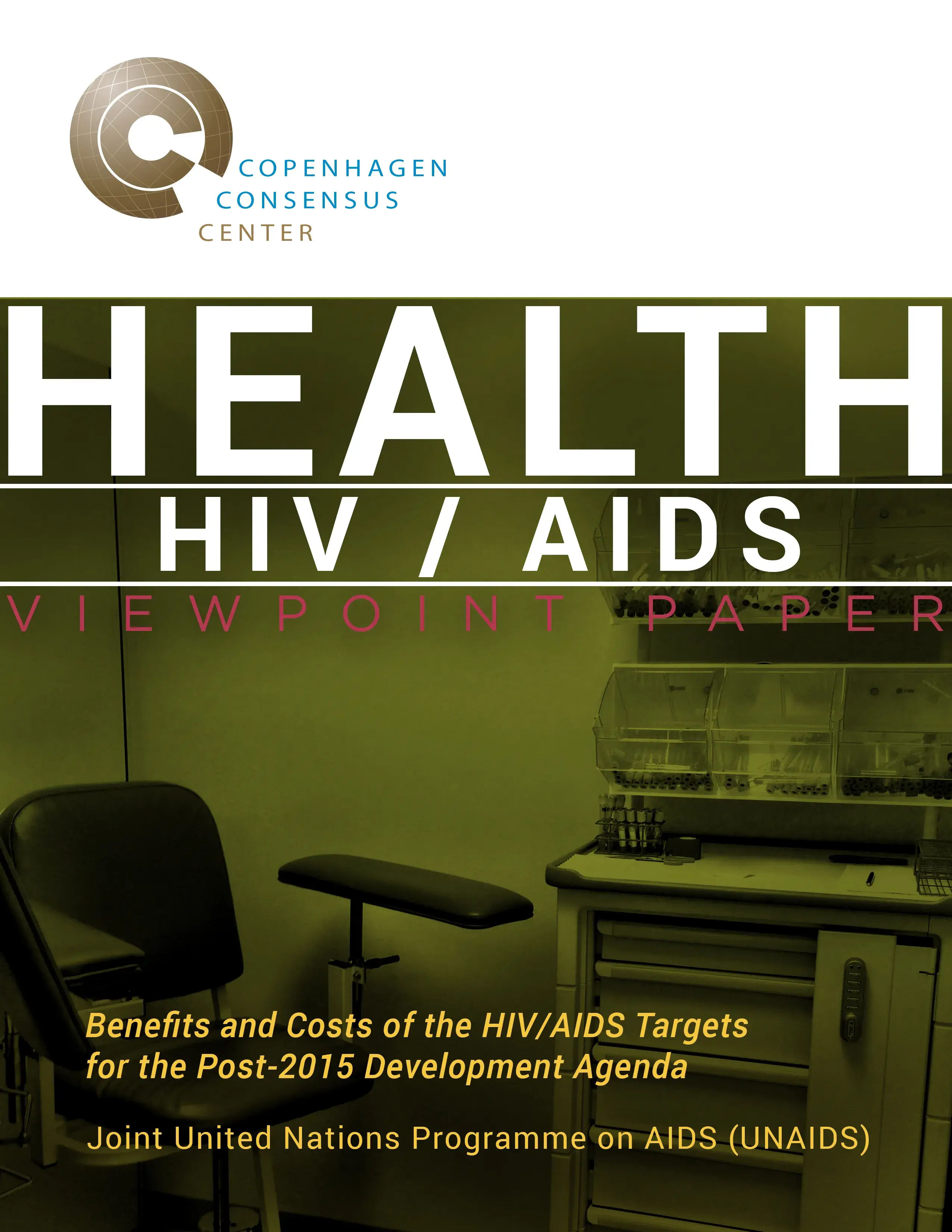
The Post-2015 Consensus project brings together 60 teams of economists with NGOs, international agencies and businesses to identify the targets with the greatest benefit-to-cost ratio for the UN's post-2015 development goals



